They move like a single, glittering super-organism—and the ocean depends on them.
Sardines may be small, but they fuel a world far bigger than themselves. Packed into swirling, silver tornadoes, they feed whales, dolphins, sharks, seabirds—basically anything with teeth and an appetite.
These little fish are ocean MVPs, keeping the food chain humming and entire ecosystems on track. When sardines show up, so does everything else. When they disappear? Chaos.
So before you brush them off as bait or a snack in a can, get ready to meet the unsung heroes of the sea. Sardines aren’t just fish—they’re the pulse of the ocean.
Nutrient-Rich Diet
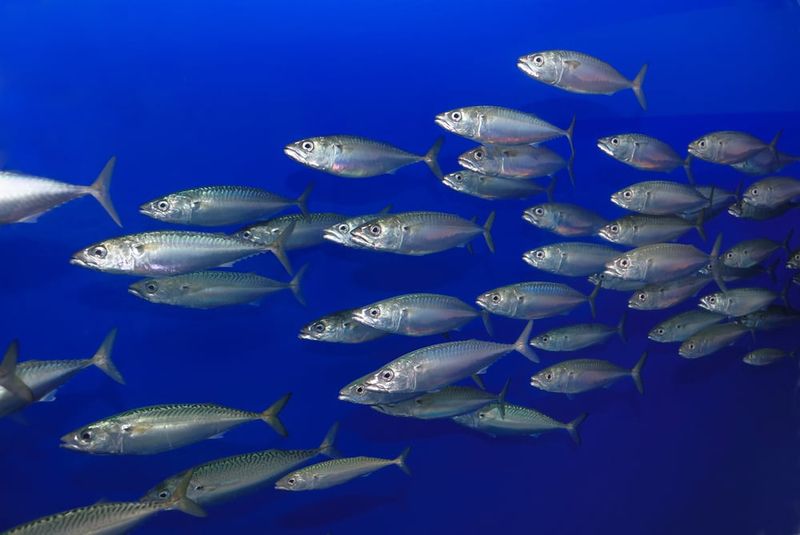
Sardines thrive on a diet rich in plankton, which they filter through their gills. This makes them efficient energy converters, transforming microscopic plant life into nourishment for larger predators.
Their feeding habits are crucial for controlling phytoplankton populations, preventing algal blooms that can disrupt marine ecosystems.
By consuming vast amounts of plankton, sardines help maintain a balance in the ocean’s nutritional content. This balance supports a diverse array of marine life, highlighting their role as a foundational species in aquatic food webs.
Key Prey Species
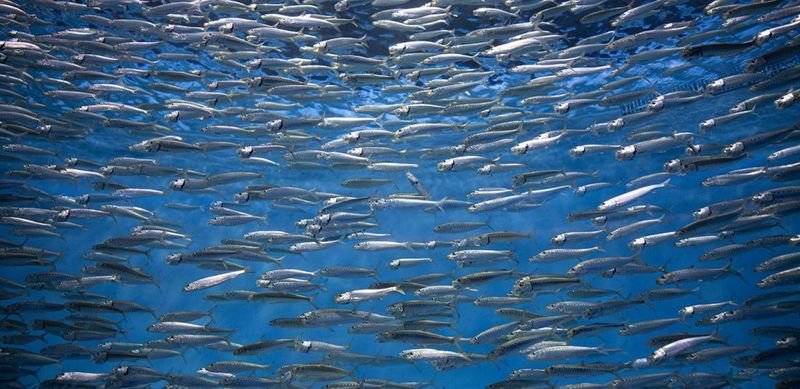
Sardines are a primary food source for various marine animals, including larger fish like tuna, birds such as seagulls, and mammals like dolphins. These predators rely heavily on sardines for sustenance.
The abundance of sardines can directly influence the population dynamics of these predators. When sardine numbers dwindle, predator species may struggle to find adequate food.
Thus, sardines are integral to the survival of many species, illustrating their pivotal position in the marine food chain and influencing ecological balance.
Carbon Cycling
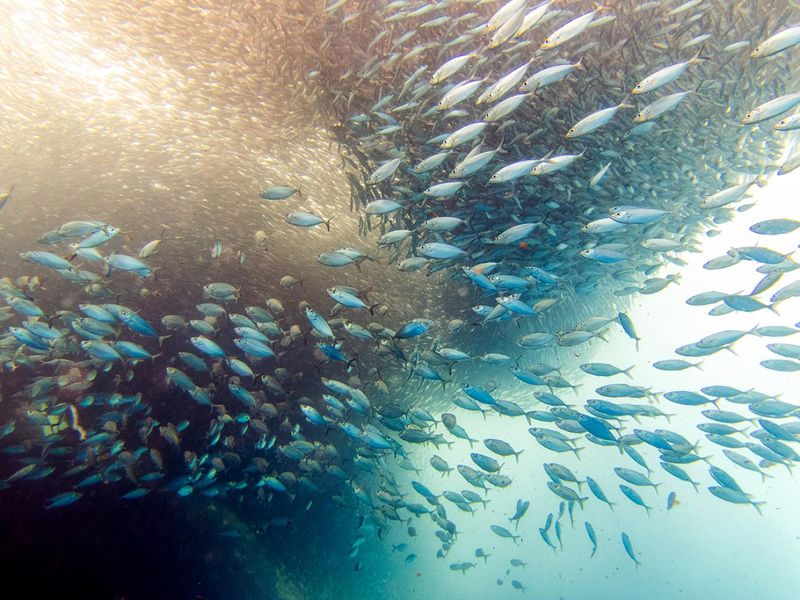
Sardines play a significant role in the ocean’s carbon cycle. As they consume plankton, they absorb carbon, which is then passed on to their predators.
This process helps in the sequestration of carbon, as sardines’ predators often dive to great depths, where carbon is stored.
By facilitating this natural carbon storage, sardines contribute to mitigating climate change, demonstrating their importance beyond being a food source, but as environmental stabilizers.
Economic Impact
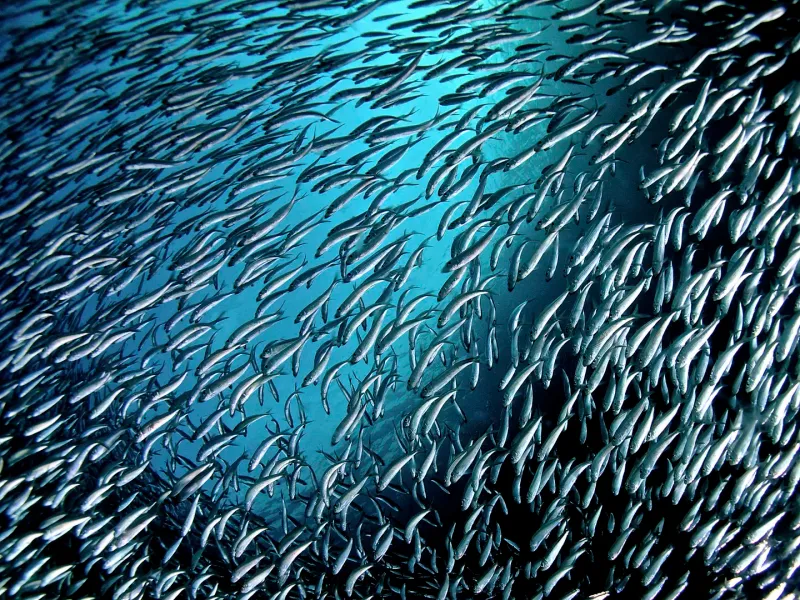
Sardines are not only ecologically important but also economically significant. The sardine fishing industry supports livelihoods around the world, especially in coastal communities.
Their high demand in markets as fresh fish, canned products, and bait for other fisheries boosts local and global economies.
This economic relevance underscores the necessity for sustainable fishing practices to ensure the sardine populations remain robust, securing the economic well-being of dependent communities.
Migration Patterns
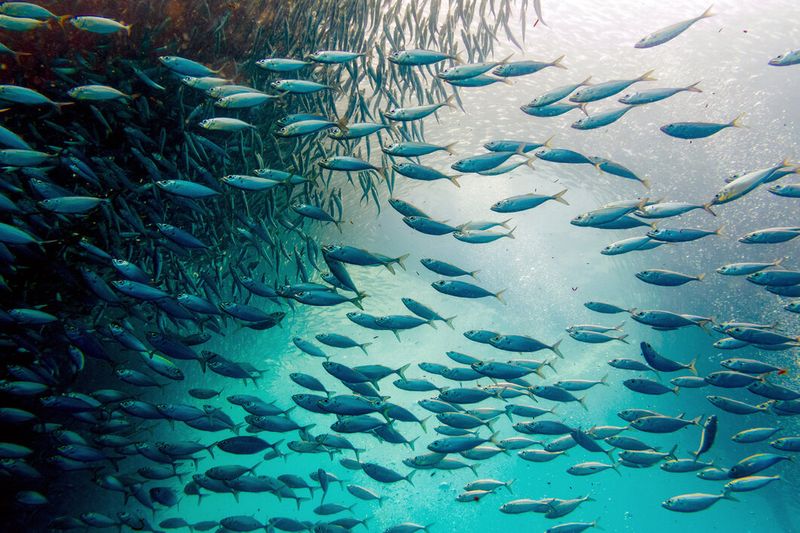
Sardines are known for their remarkable migratory patterns, traveling vast distances in search of food and suitable breeding grounds.
Their migration is often synchronized, creating spectacular underwater scenes of schooling fish that can stretch for miles.
These movements are crucial for the distribution of nutrients and maintaining ecological balance across different marine regions, showcasing their adaptability and the dynamic nature of marine life.
Reproductive Strategies

Sardines exhibit prolific reproductive capabilities, with females capable of producing thousands of eggs in a single spawning event.
This high reproductive rate ensures their populations remain resilient despite heavy predation and fishing pressures.
Their ability to rapidly replenish their numbers is vital for maintaining their role in the ecosystem, acting as a buffer against environmental changes and human exploitation.
Dietary Benefits
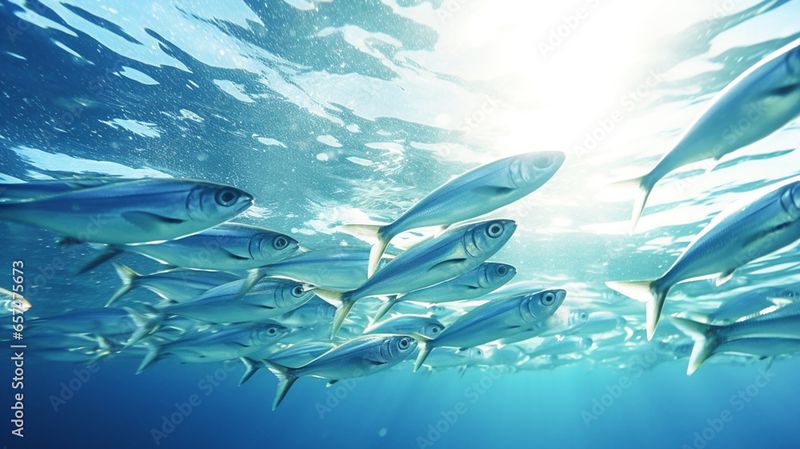
Rich in omega-3 fatty acids, sardines are hailed for their health benefits, contributing to heart health and reduced inflammation.
They are also a source of essential vitamins and minerals, making them a nutrient-dense food choice.
Incorporating sardines into diets supports overall well-being, illustrating the connection between ocean health and human health. Their nutritional profile emphasizes their value beyond ecological contributions.
Cultural Significance

Sardines hold cultural value in many coastal societies, often celebrated in festivals and culinary traditions.
Their presence in art, music, and cuisine highlights their impact beyond the environment, contributing to cultural identities and heritage.
These cultural connections foster community bonds and highlight the importance of sustaining sardine populations for future generations to enjoy these traditions.
Adaptation Mechanisms
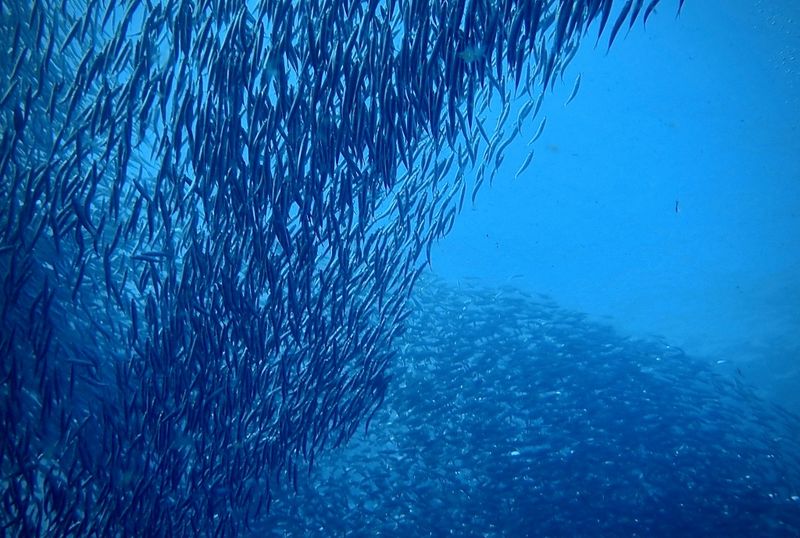
Sardines possess unique adaptations, such as reflective scales that help camouflage them from predators.
Their schooling behavior is another survival strategy, confusing predators and reducing individual fish’s chance of being caught.
These adaptations highlight their evolutionary success in thriving within marine ecosystems, underscoring their resilience in the face of environmental challenges and predation.
Historical Influence
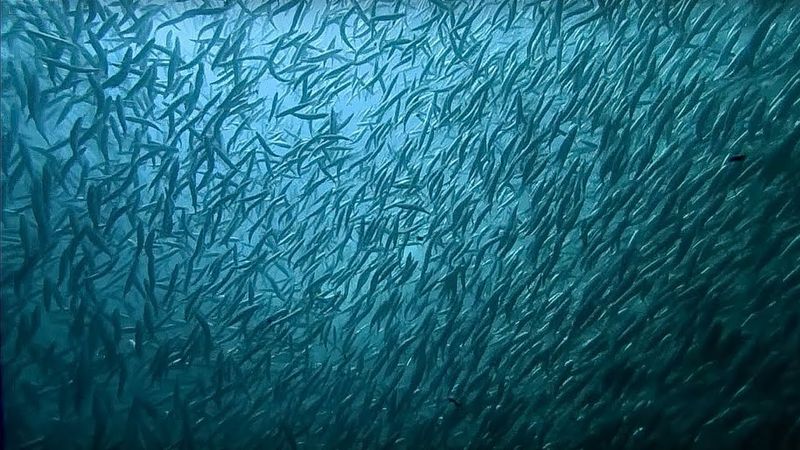
Historically, sardines have been a staple for coastal communities, with evidence of their consumption dating back thousands of years.
Ancient fishing techniques and methods of preservation, like salting, have evolved over centuries, showing the importance of sardines in human history.
This historical context provides insight into human ingenuity and the long-standing relationship between people and the sea.
Ecological Balance
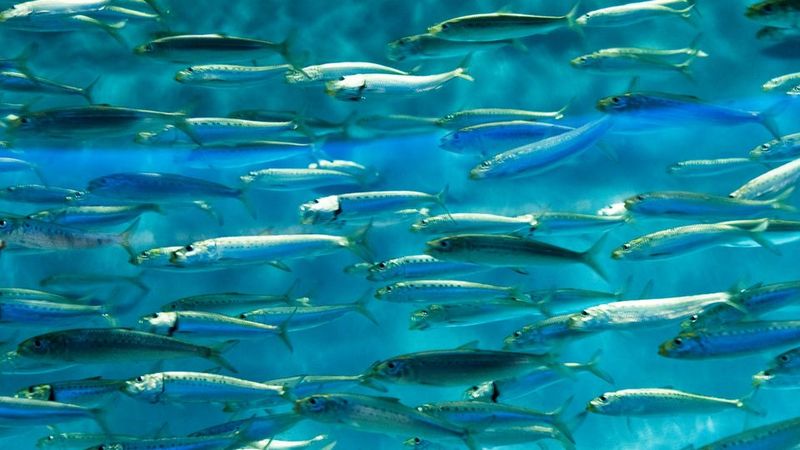
Sardines contribute significantly to maintaining ecological balance in marine environments. By controlling plankton levels and serving as prey for various predators, they help sustain biodiversity.
Their presence ensures that energy flows efficiently through the food web, supporting a wide range of marine life.
This balance is essential for the health of ocean ecosystems, demonstrating the interconnectedness of species and the importance of each link in the chain.
Conservation Efforts

Conservation efforts for sardines are crucial given their ecological and economic importance. Researchers focus on sustainable fishing practices and monitoring populations to prevent overfishing.
Marine protected areas and regulations help safeguard their habitats, ensuring sardines can continue to thrive.
These actions emphasize the need for a collective approach to conservation, highlighting sardines’ role in both marine ecosystems and human economies.

